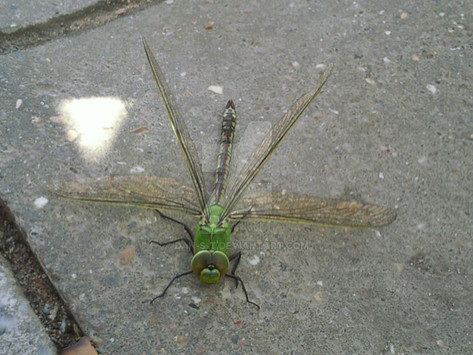HOME | DD
 ScreenSamurai — Red Baboon Howler
ScreenSamurai — Red Baboon Howler

#baboon #grassland #mammal #monkey #pampas #primate #red #southamerica #howler #howlermonkey #newworldmonkey #speculativeevolution #speculativebiology #speculativezoology
Published: 2020-11-22 04:18:48 +0000 UTC; Views: 3783; Favourites: 52; Downloads: 2
Redirect to original
Description
Common Name: Red Baboon HowlerScientific Name: Alouattapio rufus
Length: 0.8 to 1.5 meters from head to tail
Weight: 20 to 35 kilograms
Diet: Fruit, grasses, seeds, eggs, small birds, reptiles, mammals, and carrion
Distribution: The open grassland and the wooded area of the Great Pampas in South America
Lifespan: 35 to 45 years
Description: The red baboon howler is a species of terrestrial howler monkey that behaves like a baboon or macaque. Similar to the black-tailed macaco, these monkeys evolved to the open niches that the grasslands allowed them to evolve into. These new niches were not taken up by other species of animals. The deforestation of the Amazon rainforest, done by humans, also forced these monkeys to move to the ground.
The red baboon howler, like its name suggests, is red, with grey skin. These monkeys have teeth designed to eat both plant matter and meat. Along with its muscular arms, the hands of the howler helps these creatures climb, grasp onto things, and throw things. The long slender tail allows the primate to balance while walking and standing up on its hind legs. The ears of the monkey are small and covered in fur, making them hard to see.
These animals are extremely intelligent, even more so than black-tailed macacos. This is because they have a much more varied diet than the macacos, allowing them to support wavier brains. They can use tools and have made large social groups consisting of 30 to 50 monkeys. Using their number, they have been observed scaring off large predators, such as giant land caimans, and taking their prey away from them. All these adaptations have made them one of the fearsome monkeys on the South American continent.


























